1
High-spin molecules allow for bottom-up qubit design and are promising platforms for magnetic sensing and quantum information science. Optical addressability of molecular electron spins has also been proposed in first-row transition metal complexes via optically-detected magnetic resonance (ODMR) mechanisms analogous to the diamond-NV colour centre. However, significantly less progress has been made on the front of metal-free molecules, which can deliver lower costs and milder environmental impacts. At present, most luminescent open-shell organic molecules are $π$-diradicals, but such systems often suffer from poor ground-state open-shell characters necessary to realise a stable ground-state molecular qubit. In this work, we use alternancy symmetry to selectively minimise radical-radical interactions in the ground state, generating $π$-systems with high diradical characters. We call them m-dimers, referencing the need to covalently link two benzylic radicals at their meta carbon atoms for the desired symmetry. Through a detailed electronic structure analysis, we find that the excited states of alternant hydrocarbon m-diradicals contain important symmetries that can be used to construct ODMR mechanisms leading to ground-state spin polarisation. The molecular parameters are set in the context of a tris(2,4,6-trichlorophenyl)methyl (TTM) radical dimer covalently tethered at the meta position, demonstrating the feasibility of alternant m-diradicals as molecular colour centres.
You must log in or register to comment.


